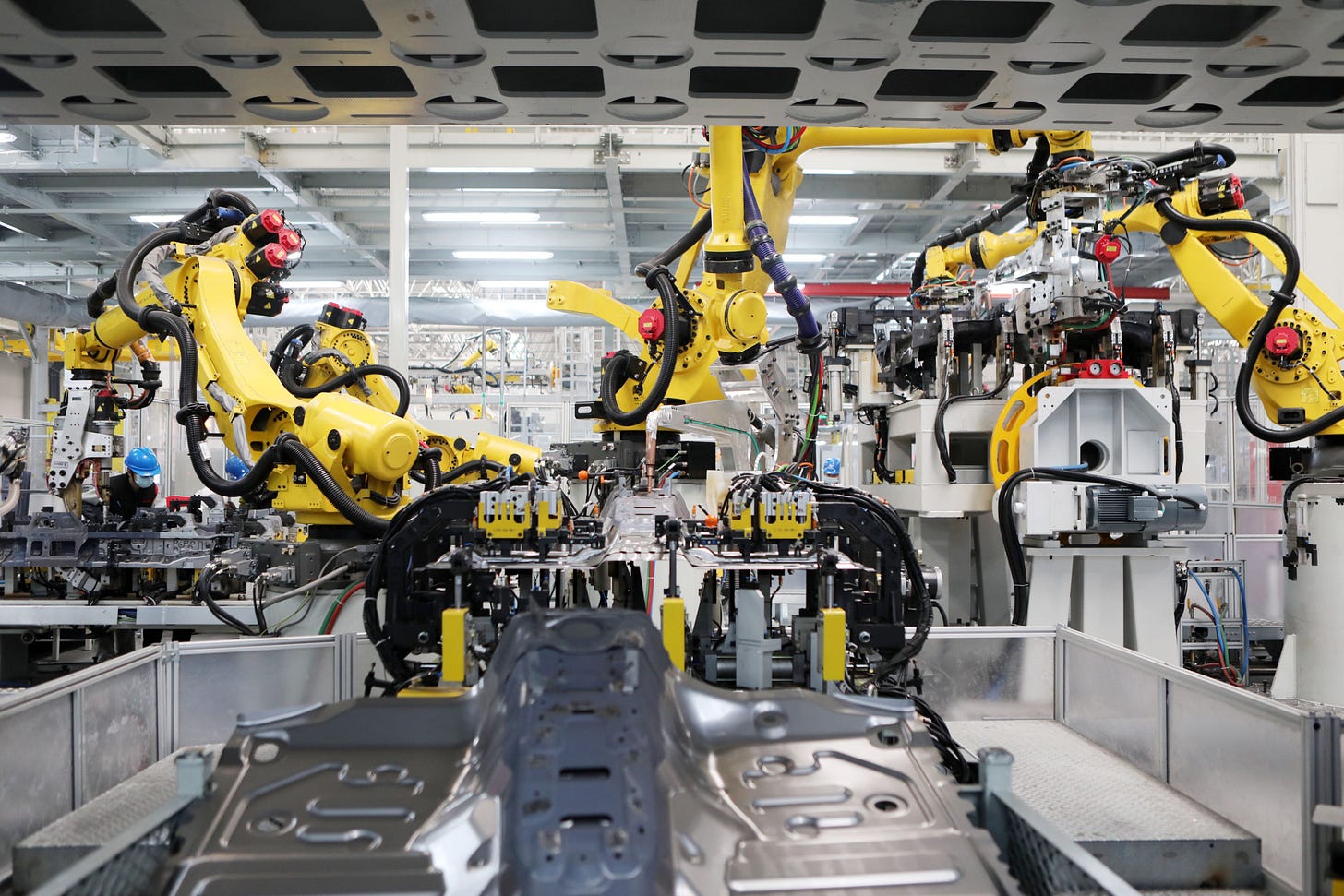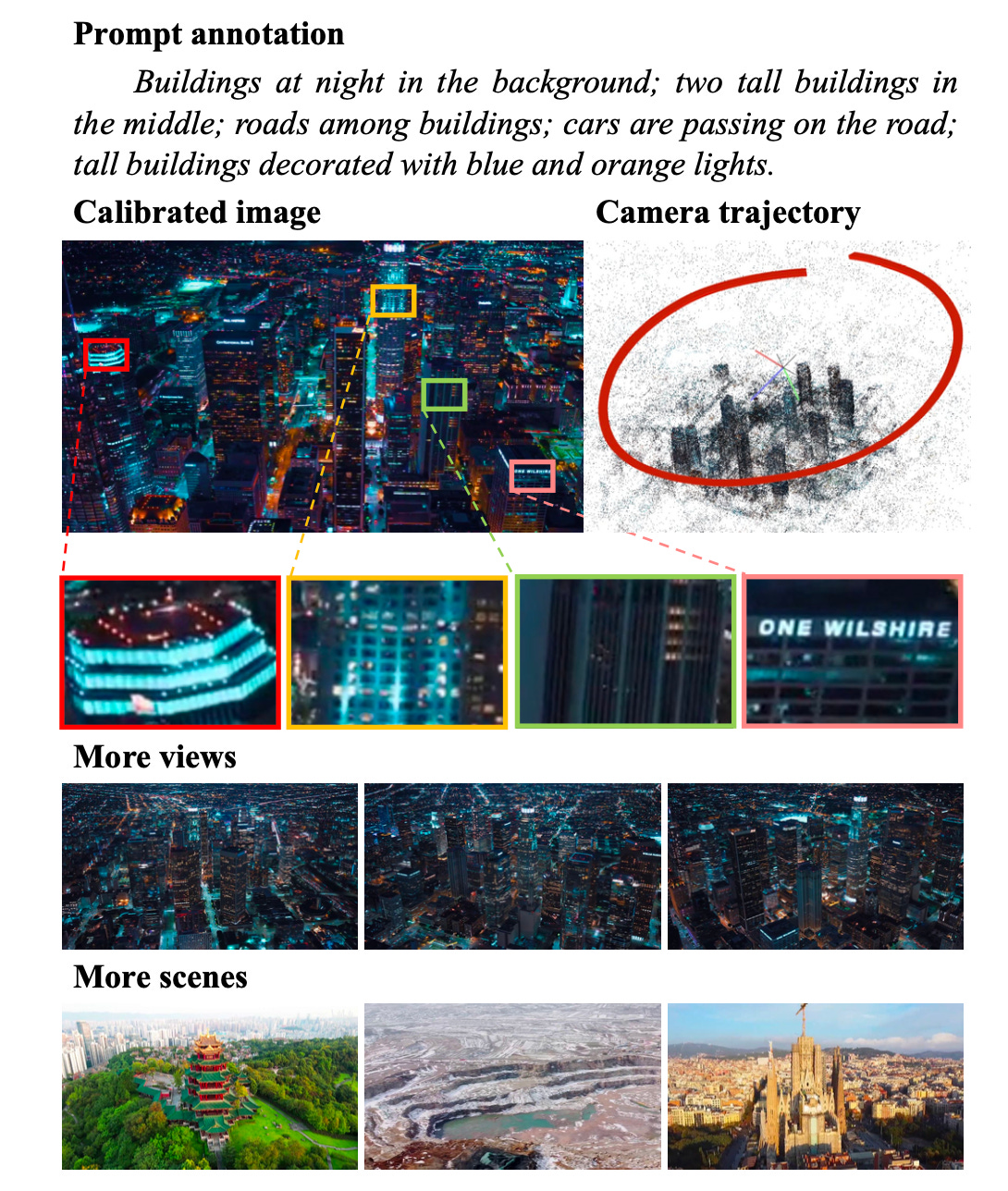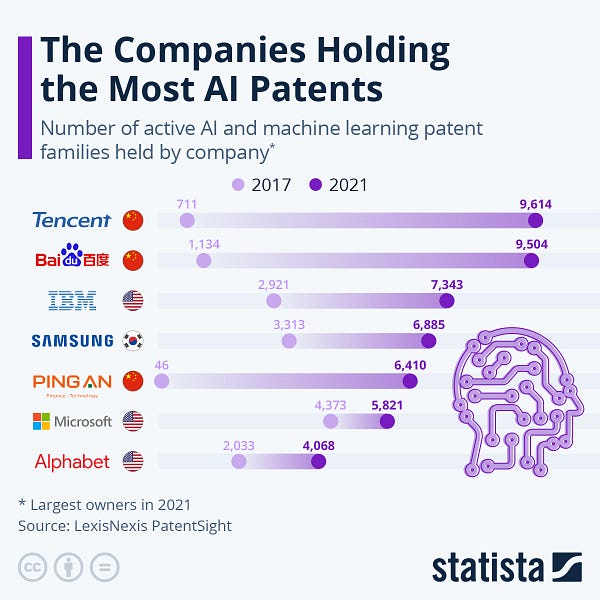China's Master Plan for Robots; Robots Transform into Liquid to Escape Jail; Li Auto's Goal to Become AI Leader by 2030
Weekly China AI News from Jan 23 to Jan 29
Dear readers, Happy Chinese New Year and I hope you have been able to spend time with your loved ones. In this week's newsletter, we will be discussing China's recent master plan for robots and exploring how researchers bring the liquid killer robot from Terminator 2 into reality. Additionally, we will delve into why Chinese NEV maker Li Auto aims to become a global AI leader by 2030.
I also want to take a moment to express my deepest condolences and sympathy for the victims and their families affected by the recent tragic shootings in Monterey and Half Moon Bay. Chinese New Year is a time for coming together with our loved ones and celebrating, not for experiencing such senseless acts of violence.
Weekly News Roundup
China's Robot Master Plan: 500 Robots per 10,000 people by 2025
What’s new: China’s tech regulator, the Ministry of Industry and Information Technology, led a joint effort with 17 other ministries to release the Implementation of the “Robot+” Application Action Plan (“机器人+”应用行动实施方案), aiming to support the development of manufacturing and service robots.
Goals: China has set a goal to significantly increase the use of robots in its manufacturing industry by 2025, with a target of around 500 robots per 10,000 people, compared to the current density of 246 robots per 10,000 people in 2020. The plan also emphasized achieving breakthroughs in over 100 practical robot technologies and solutions, and facilitating the implementation of over 200 robot applications.
10 industries: 10 key industries have been identified for implementing robot applications, including manufacturing, agriculture, construction, energy, trade and logistics, healthcare, elderly care services, education, commercial community services, and safety emergency and extreme environment scenarios.
China’s robot bet: China's robot industry generated more than 100 billion yuan ($15 billion) in revenue in 2020, and the country hopes to expand the use of robots across various industries and sectors through a new plan. The government's investment in robots is also seen as a solution to sustain economic growth in response to the country's population decline.
Chinese Researchers Develop Robots That Can Morph into Liquid to Escape Jail
What’s new: Remember the killer robot from the movie Terminator 2: Judgment Day that can escape jail by deforming itself into liquid metal? Engineers at the Chinese University of Hong Kong and Carnegie Mellon University have designed miniature robots that can rapidly and reversibly shift between liquid and solid states. The robots, which are inspired by sea cucumbers, are magnetic and can conduct electricity.
The researchers put the robots through an obstacle course of mobility and shape-morphing tests, and their study was published on January 25 in the journal Cell’s Matter.
How does it work: The team created a new phase-shifting material by embedding magnetic particles in gallium, a metal with a very low melting point. This allows the robots to respond to an alternating magnetic field, which can be used to heat up the material and cause a phase change. In addition to this, the magnetic particles give the robots mobility and the ability to move in response to the magnetic field.
Why it matters: The robots have the potential to be used in a variety of applications, such as removing foreign objects from a model stomach and delivering drugs on demand. They can also be used as smart soldering robots for wireless circuit assembly and repair, and as a universal mechanical "screw" for assembling parts in hard-to-reach spaces.
The study's lead author, Chengfeng Pan, says that “giving robots the ability to switch between liquid and solid states endows them with more functionality.” The team is now looking to explore how these robots can be used within a biomedical context.
Why This Chinese NEV Manufacturer Aims to Become a Global AI Leader
What’s new: On January 28, Xiang Li, CEO of Chinese NEV maker Li Auto (理想), released a letter to all employees announcing the company's vision to become a global leader in artificial intelligence by 2030.
When Li Auto was founded, we hoped that the company would have a complete AI system capability (software 2.0) in 15 years. Electric cars with autonomous driving will also become the earliest AI robots…We will become a global AI leader by 2030.
Li Auto in 2022: A rising Chinese carmaker specializing in extended-range electric vehicles, Li Auto delivered over 133K vehicles in 2022, up 47%. Li Auto’s revenue in the first three quarters of 2022 reached 27.6 billion yuan, with a net loss of 2.3 billion yuan.
More details: The letter also explained the difference between Software 1.0 and Software 2.0, which was first coined by former Tesla AI Chief Andrej Karpathy.
Software 1.0 is designed and programmed by humans, with machines doing the calculations and humans using the software.
Software 2.0 denotes machines learn from humans and include the full loop of perception, decision-making, execution, and feedback. The cloud-based training of algorithms allows machines to use the algorithms and serve humans.
Li Auto will implement end-to-end training for its advanced driver-assistance system, named NOA, by the end of 2023. NOA will be built on BEV (bird's eye view) perception and Transformer models, and won’t rely on HD Maps.
Why now? The letter serves as a PR stunt that highlights Li Auto's goal to rebrand as a technology innovator. Despite the popularity of its luxury mid-size crossover SUVs in the Chinese NEV market, the company faces challenges in its lackluster development of electric vehicles and advanced driving features. To address this, the company has allocated an increased budget of 7 billion yuan for research and development in 2022.
Trending Research
Neural Radiance Fields (NeRF) is a hot tech that has been used to achieve impressive results in single object scene reconstruction and novel view synthesis. In this work from Fudan University and Tencent, the authors propose a large-scale outdoor multi-modal dataset, the OMMO dataset, as a new benchmark for several outdoor NeRF-based tasks. Read the paper A Large-Scale Outdoor Multi-modal Dataset and Benchmark for Novel View Synthesis and Implicit Scene Reconstruction for more.
Researchers present a dataset, the Human ChatGPT Comparison Corpus (HC3), which compares responses from human experts and ChatGPT to a wide range of questions. The study examines the characteristics of ChatGPT's responses, the differences between ChatGPT and human experts, and the future direction of large language models. You can read the paper How Close is ChatGPT to Human Experts? Comparison Corpus, Evaluation, and Detection.
Researchers from Tencent present a novel approach that generates realistic lip-synchronized 3D facial animations from audio input, using a parametric viseme fitting algorithm that utilizes phoneme priors to extract viseme parameters from speech videos. Read the paper Learning Audio-Driven Viseme Dynamics for 3D Face Animation for more.
Noteworthy Stories
Baidu is planning to roll out an AI chatbot service similar to OpenAI’s ChatGPT in March, initially embedding it into its main search services. - Bloomberg
Baidu, Xiaomi-backed Chinese lidar startup Hesai has filed for a $100 million US initial public offering on January 17, becoming one of the first Chinese companies to seek a US listing this year. - Technode
China is the world leader in exporting face recognition, followed by the US, according to a study by academics at Harvard and MIT published last week by the Brookings Institution, a prominent think tank. - Wired
Tencent, SoftBank-backed pharmaceutical technology company XtalPi is expanding its focus beyond the development of medicines into the improvement and discovery of industrial materials. - South China Morning Post
Tokyo will consider restricting exports of advanced semiconductor technology including chipmaking machinery to China at the request of the U.S. - Nikkei Asia
Tencent and Baidu became the largest patent owners in machine learning and AI in 2021, each holding more than 9,000 active patent families. - Statista






